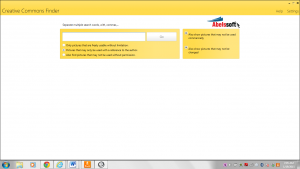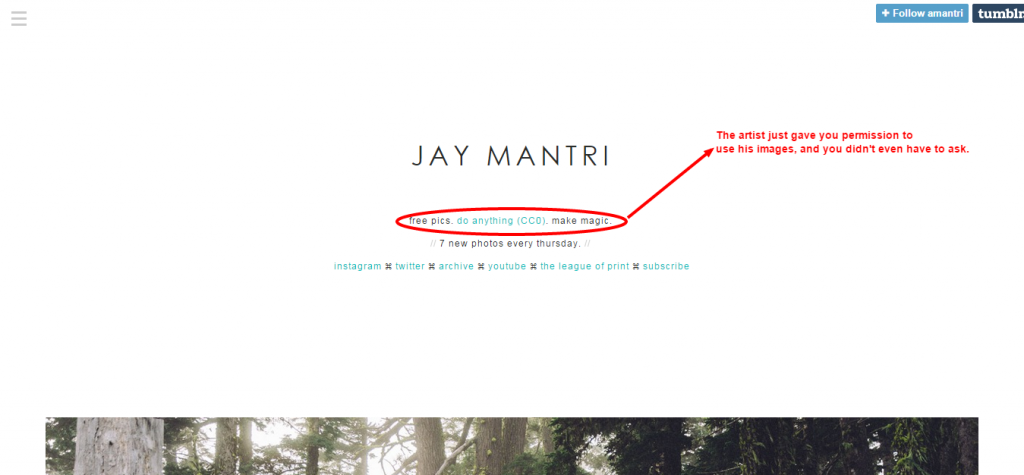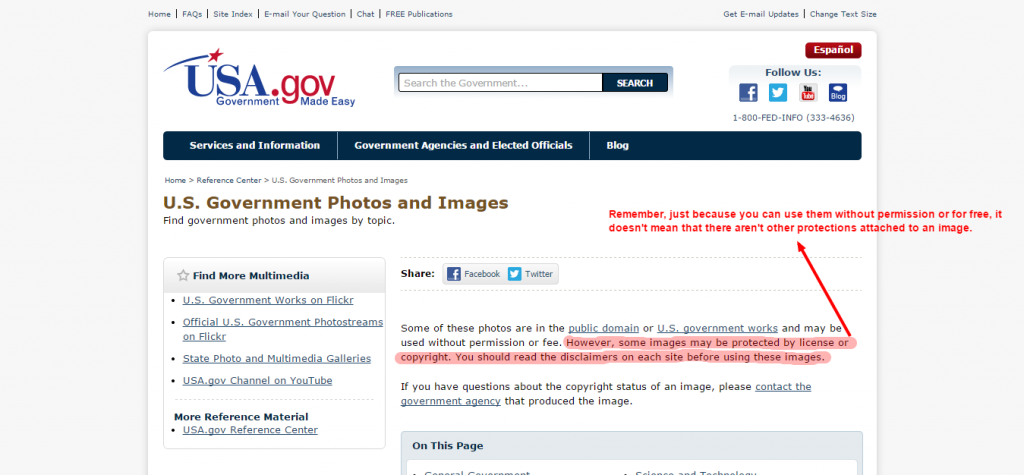How to (Legally) Source Images for Your Website
By:
Kim Clark
on 3/5/2015
We all know web content is hard to generate consistently, and we all know that nearly everything looks better with a picture in it. Thanks to Google Images, you can easily find pictures of pretty much whatever you want with a few search queries. What you may not know is that unless you like getting nasty emails from copyright attorneys, it is very important to know the use details of the images that you are including on your blog post. Some images are free and without any restriction, but some images absolutely are not. The creators of the images would like to be paid for their work or they want to control how, where, and when their images are being used. The latter are the images that can land you in trouble if you don’t use them correctly. How are you supposed to know the difference?
Creative Commons Images

What the CC Finder from Abelssoft will look like on your computer.
Finding images that have a Creative Commons license is like hitting the internet image jackpot. These images can be used for free and have few, if any, restrictions attached to their use. However, you do need to make sure that there are no restrictions attached to the image before you use it, never just assume they don’t have any. Check out this great infographic on Stateof.Creativecommons.org
Some owners of a Creative Commons licensed image may add the following restrictions:
- The image may not be used for commercial purposes
- If any changes are made to the image, the new image has to published under the same Creative Common license
- The image may not be modified
Creative Common images can be found in many places on the internet, or you can use a program called CC Finder. CC Finder is free to use and can be downloaded from Abelssoft.net.
Stock Photos
Stock photos basically come in two different categories. You have stock photos where the rights are managed and stock photos that are royalty free. Rights-managed photos allow you to use the photos, but with limitations attached. These limitations will be listed in the license agreement that goes with the image and can restrict how, where, and when you can use the image.
Royalty-free photos are not photos that you can use for free; they are photos that you can use for free as many times as you want after you pay the initial license fee. There are usually few to no restrictions to the use of these types of photos.
You can find free stock photos to use at the following websites:
Get Permission for Images

If you find an image online that you would like to use for your blog or website, but are not sure about the license, just ask the current user. If they are the creator of the image, you may find that they will grant you permission to use the image as long as you give them credit for the image. It’s when you swipe an image and then get caught using it without permission or without the proper license that you may find yourself in a bit of legal trouble. If you can backtrack an image to its original source, you may find that permission has already been granted to anyone that wants to use that photo.
Public Domain Images
Public domain images are images and photos that never had a copyright on them or the copyright has expired. These images and photos can be used for free for just about anything. However, be a good sport and don’t claim these works as your own, always give credit to the source.
You can find public domain images and photos at websites like the following:

While you can use public domain images and photos for free and without having to ask for permission because of the copyright, there may be other restrictions on the photo. So before you use any photo, no matter if it is public domain, has a Creative Commons license, or a free stock photo always read all the disclaimers or terms and conditions attached to the image or photo you want to use.
Related Posts
AI and SEO: New Rules for Success
By:Jason Clark on 3/19/2025
AI has transformed traditional SEO strategies by enhancing content creation capabilities, analyzing detailed website data, and identifying trends that can inform strategic decisions.
Read More »AI Writing: Pros, Cons, Insights, and Powerful Tools
By: Ajla Bedzetovic on 4/6/2023
Good human writing requires time, thought, and practice. Are AI writing tools replacing the need for skilled staff writers? Read on to learn about one of the biggest topics in 2023.
Read More »
